Winter is a wonderful time of the year to acquire new perspectives on areas you have been to and to find new ones. The cold should not deter you! Snowshoeing allows us to explore well-trafficked areas and areas off the beaten path. However, snowshoeing in the backcountry can present itself with a few unique challenges. To help get you onto the right path and ensure you’re well prepared, we’ve listed 7 common mistakes people make when they first start, along with some backcountry snowshoeing tips to combat these mistakes.
1. Not Starting Small
Many snowshoers excited to try out the backcountry will start with a long snowshoe trek. However, this is one of the biggest mistakes for first-timers in the backcountry. Instead, make sure you start small, as winter in the backcountry can be dynamic and sometimes harsh. Deep snow, which is often found in the backcountry, also requires more physical effort. You need to be prepared! Before leaping into a 10-mile trek, examine your skill and comfort level first by doing a shorter 1-2 mile or so trek.
If you are new to snowshoeing in general, begin with treks in light snow. That way you can practice winter hiking to help get you comfortable with the colder conditions. Once you are more familiar with winter hiking and comfortable on shorter treks, the stress of backcountry snowshoeing in tough conditions will decrease. Plus, the more ready you are for backcountry snowshoeing, the better time you will have, and the safer you will be!
Read More: First-Timers: How To Choose The Best Trail For Your Next Winter Adventure
2. Failing to Bring Proper Navigation Equipment for Trail Finding
If you are snowshoeing on a heavily-trafficked trail, finding the trail can be easy.
However, with backcountry snowshoeing, it is crucial to bring a compass and a map. You also need to make sure you know how to use them. Another alternative backcountry snowshoeing tip to investigate is a GPS device. Because snowshoeing is a winter sport, snow can cover a trail that would be easy to spot in the summertime. Snow can also cover any kind of landmarks that you are using for navigation.
3. Your Winter Gear Is Not Appropriate for the Weather
Winter is obviously colder than summer. If you are only used to doing summer sports, you may need to invest in new gear to combat the elements (see mistake 5).
Snowshoes that have a more advanced traction system, such as MSR Lightning Ascent Snowshoes, are best for backcountry trekking. An advanced traction system may include toe, heel, and potentially side traction. Many snowshoes also come with a heel bar to help leverage your foot on steep climbs.
Besides your backcountry snowshoes, here are some tips for basic gear to collect for a day-trip into the backcountry snowshoeing adventure.
- Trekking poles to help with balance, steep climbs, and descents
- Snow shovel in case there is an emergency, which can be used to build a snow shelter or in an avalanche if someone gets trapped in the snow
- Gaiters, preferably full-length to prevent snow from getting into boots and pants
- Personal locator beacon and an avalanche probe for avalanche safety
- Plenty of food and water (see mistake 4)
- First aid kit for emergencies
- Altimeter watch so you monitor your elevation
If you are planning a trip that will take you overnight in the backcountry, you will want a tent that is rated for 4-seasons and a sleeping bag that can handle low temperatures (usually below 0 degrees C).
Read More: Tips & Tricks For Cold Weather Backpacking & Winter Camping
4. Running Out of Food and Water
Food and water are an absolute priority when planning your snowshoeing trip into the backcountry. You will be exerting more energy than usual just to keep warm, and you are also doing physical exercise. Make sure to have enough carb and protein-heavy foods, even if you are only going out for the day.
Read More: Best Healthy Snacks To Take While Snowshoeing
5. Ill-Prepared for Cold Conditions
Cold conditions can cause several issues, including hypothermia and frostbite, if not prepared. Here are some helpful tips on how to stay warm in the winter, without just lighting a fire.
- Make sure you layer correctly to maintain body heat
- The first layer or base layer can be made of wool or synthetic materials to keep your heat close to your body.
- A second layer or mid-layer will serve as your insulating layer and could include an inner shell or puffy down jacket. If the weather warms up, your mid-layer can serve as your outer layer.
- A third layer or outer layer should be utilized in very cold weather. It should be waterproof, or at least resistant to water, and wind-resistant.
- To help stay warm, you can also do a windmill motion with your arms.
- Drink plenty of hot drinks, preferably through an insulating thermos, to keep your temperature up
- If winter camping, putting clothes into your sleeping bag with you will help keep them warm and putting them on the next day won’t be such a drag!
- Finally, if you ever get your base layer wet, change it right away!
Read More:
Snowshoeing, Snow Camping & Snowstorms
Survival Tips For Snowshoeing Enthusiasts
6. Not Respecting the Leave No Trace Principles
Make sure you follow outdoor ethics. The environment and ecosystems that you will be trekking through are depending on it! If you bring it in, pack it out. Different topography and climates have different demands. If you’re backcountry snowshoeing in a national park, check the park website ahead of time for any special tips and requirements.
7. Not Educated in Avalanche Awareness
When you are backcountry snowshoeing, avalanche awareness is non-negotiable. You need to educate yourself on the cause and effects of avalanches, and where to look out for them. For example, slopes between 30 and 45 degrees have the highest avalanche risk. It’s imperative to make sure you’re not snowshoeing in the avalanche run-off territory below a peak with avalanche risk. An avalanche awareness course is recommended for all backcountry snowshoers.
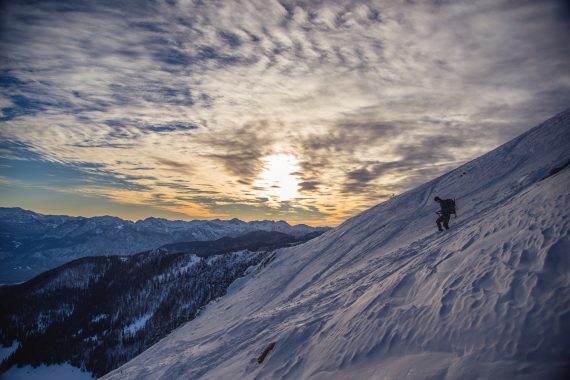
Measure slope degree as one precaution to help spot avalanche terrain. Photo by Ales Krivec on Unsplash
Some of the links in this article may contain affiliate links. When a purchase is made using these links, part of the proceeds go to Snowshoe Mag. These proceeds help us pay for site maintenance and article contributions. Additionally, as an Amazon Associate, we earn from qualifying purchases. Please see our disclosure for more details.

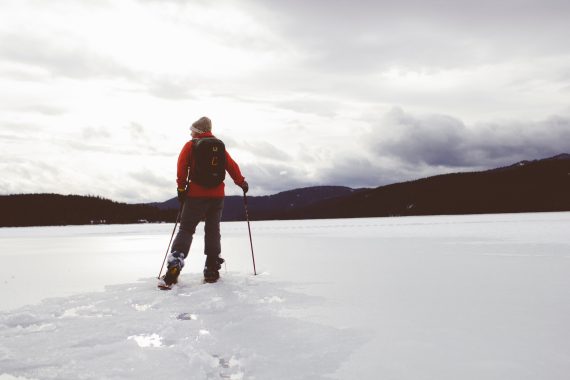
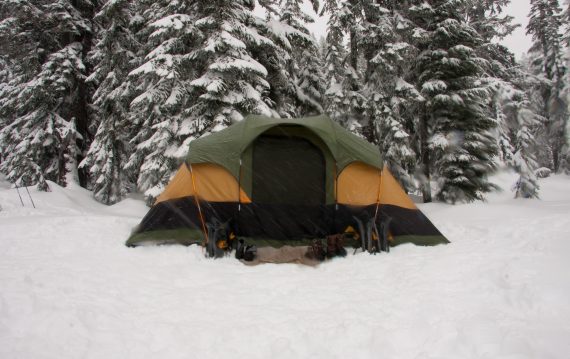
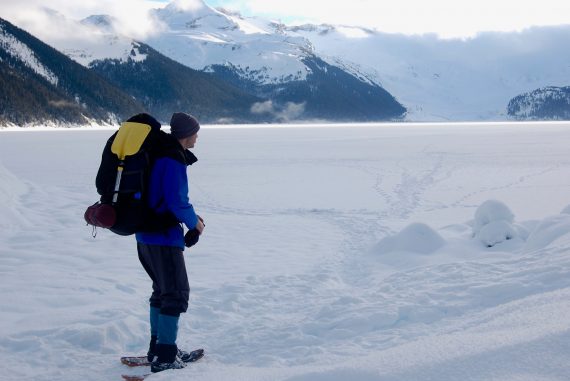
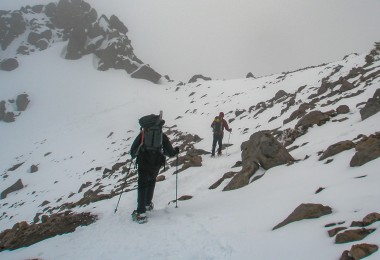
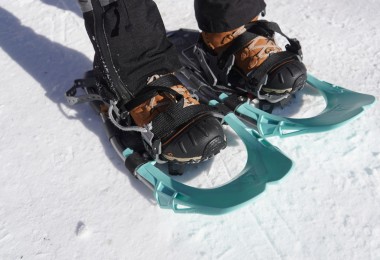
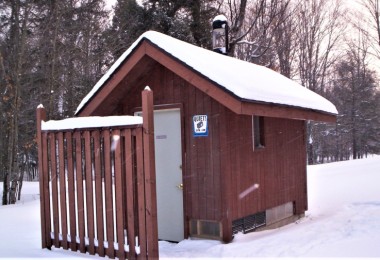
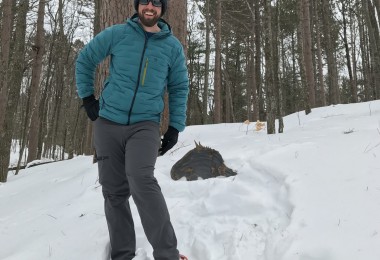

Leave a Comment